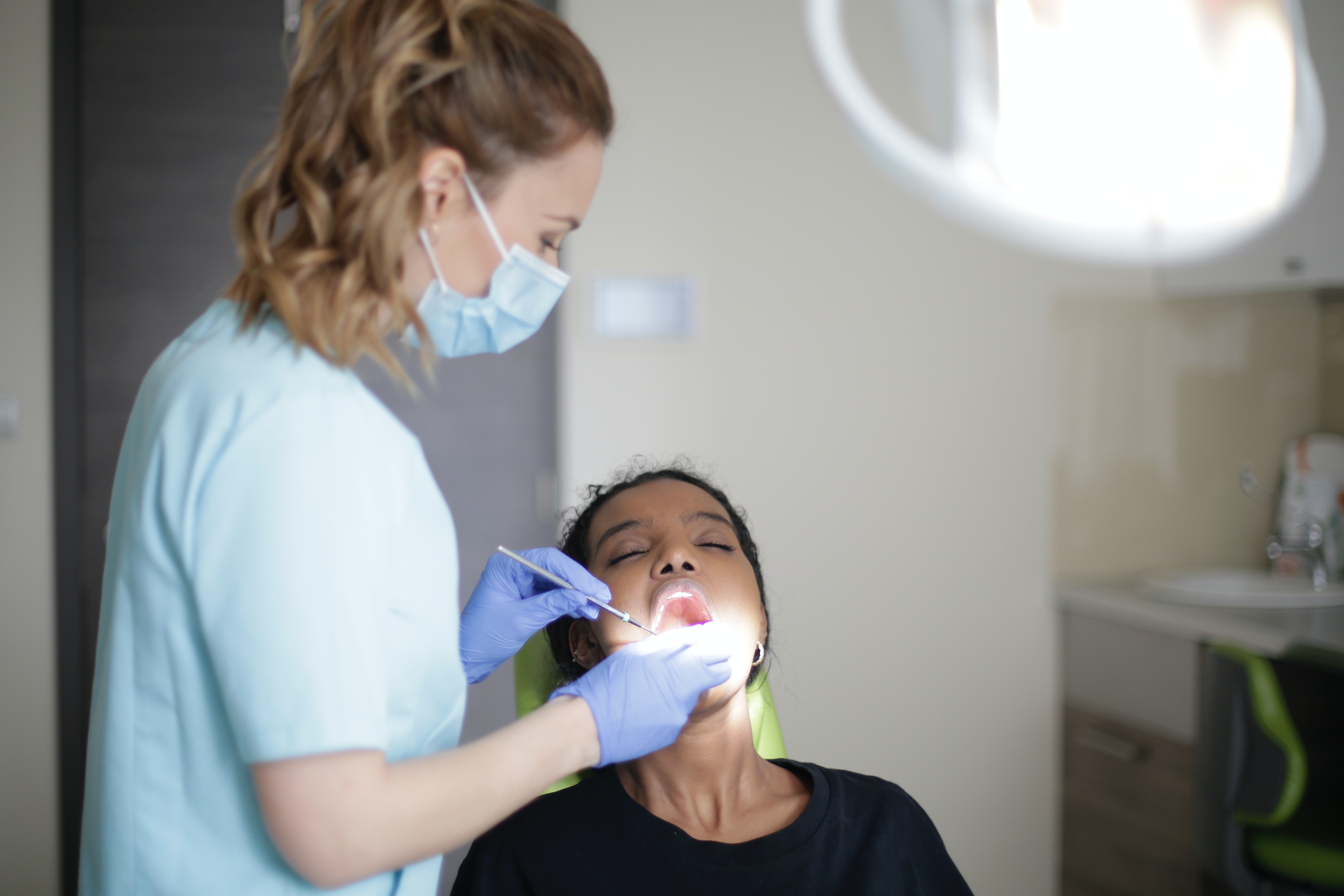By Kate Ranta on Jan 21, 2021 @ 09:00 AM
When I was younger, I wasn't so gentle when brushing my teeth. I thought I was being thorough. But in reality, I was pushing my gums up and away from my teeth. For years, I’ve had dentists recommend gum grafting for the affected areas to avoid further recession. However, I avoided the procedure because I didn't know how it worked.
For anyone, like myself, in need of the procedure or is considering it -- here's what you can expect:
Lowdown on Gum Grafting
Dentists and/or periodontists will recommend gum surgery in order to protect teeth from further damage due to gum recession. This is when the tissue that surrounds teeth pulls away, showing more of the tooth or even the root. The result can be damage to the supporting bone.
You may not notice your gum line receding at first because it happens so slowly. But eventually, the exposed root will become sensitive to hot and cold temperatures. Then you’ll notice it! And, down the road, if you don’t repair your gums you could lose your teeth.
What happens during the procedure?
There’s more than one grafting procedure to restore the gum line.
- The most common type of gum graft, connective tissue, takes a flap of skin from the roof of your mouth. Connective tissue from under the flap is taken and stitched to the exposed area around the root of the tooth. Then the flap is stitched back up.
- Another method that’s similar to connective tissue, free gingival graft, removes skin directly from the roof of the mouth and stitches it to the gum area. Free gingival graft procedures are often used for those with thin gums who need extra tissue to make the gums larger.
- In a pedicle graft procedure, tissue is taken from gum near the effected tooth instead of the roof of the mouth. One edge of tissue flap (pedicle) is cut away, while the other edge stays attached. The flap is pulled over to the exposed root and stitched over it. You can’t have thin gums for this procedure; there must be plenty of gum tissue near the tooth.
Before having a gum grafting surgery, make sure to go over all your options with your dentist and check with your dental insurance regarding coverage. The gum grafting method your dentist uses really depends on your specific needs. You’ll be able to go home after the procedure and will be given post-surgery instructions. These instructions include what you can eat, how you should care for the affected area and more.
Now even though you might need this procedure, you still need to be taking care of your oral health as best as you can -- and that includes adding mouthwash to your routine! Haven't had time to go to the store and grab some? Download our guide below to see how you can easily make your own mouthwash at home!





comments